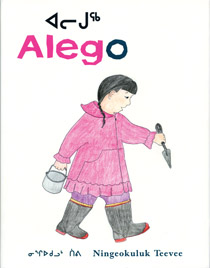
If you grew up in England in the seventies, you may have very fond memories of this small book, with its clever word play and colourful illustrations. It is long out of print and difficult to find second hand - all the more reason to reminisce over the book's sweetest moments.
There are seven siblings in this story. They are named Monday, Tuesday, Wednesday, Thursday, Friday, Saturday and Sunday. They are all cats, each with their own unique traits.
Mon, Tues and Wed are searching for their other siblings who have taken up residence elsewhere about the town. The cats are skipping through the streets, past colourful houses like you see in Brighton, “when down the street came Thursday in a hurry and a bowler hat.” The delighted cats celebrate with a birthday party, singing in "sharps and flats".
When Monday, Tuesday, Wednesday and Thursday find Friday, the cats laugh at him because he looks so blissful and plump from living at a Fishmongers. It is at this point that Wednesday cries, as all the cats are boys, except for Saturday, and she longs to reunite with her sister. In response to her tears, the boys light a campfire in a field and hang her big tears out to dry, clipping them to a laundry line with clothes pegs.
While searching in vain for Saturday – they find her. She is so glamorous and beautiful the six cats are inspired to go to the seaside for a full week, spending all of their pocket money. But oops – they forgot to look for Sunday. Once they get around to finding the fluffy white Persian, he is very angry for being forgotten!
...And then left in a huff
and a taxi
Quotable stuff! This book would make a fantastic ebook since it's so hard to find.
First Published in 1974 by Roger Schlesinger R.H.S. (Publications) Ltd London W1
Printed in Italy





















